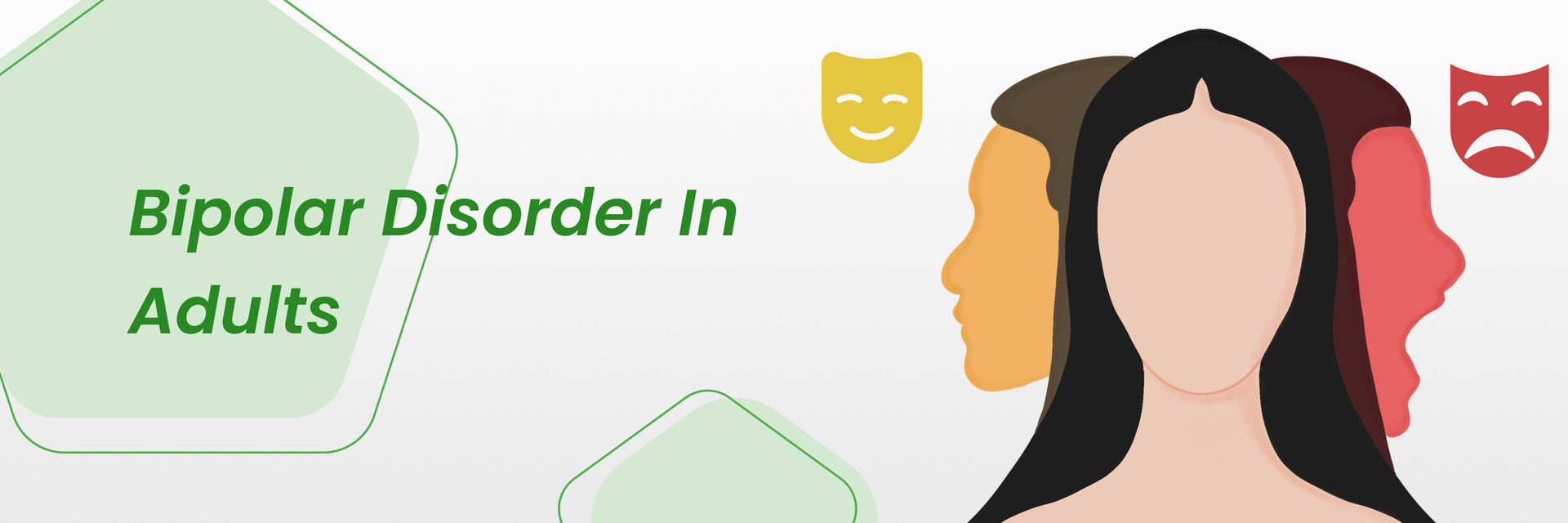Overview
The decision to seek help for substance use issues ranks among the most courageous choices someone can make. Whether you're considering treatment for yourself or researching options for someone you care about, navigating the world of addiction recovery can feel overwhelming. This guide explores the critical factors to consider when evaluating treatment options, what different levels of care offer, and how to match individual needs with appropriate resources especially as mental health support continues to evolve in today’s digital-driven healthcare landscape.
Understanding Treatment Levels and What They Offer
Addiction treatment exists on a spectrum, with different intensity levels designed to meet people where they are in their recovery journey. Inpatient or residential treatment provides the most intensive option, where individuals live at a facility full-time while receiving comprehensive 24-hour care. Programs typically last from 28 days to several months, with structured days including individual therapy, group counseling, educational sessions, life skills training, and complementary therapies.
Partial hospitalization programs (PHP) offer a step down, with participants attending treatment several hours daily but returning home evenings. Intensive outpatient programs (IOP) provide further flexibility with sessions three to five days weekly, allowing people to maintain work or family responsibilities. Outpatient treatment involves weekly or bi-weekly therapy sessions, suitable for less severe cases or as continuation after intensive programs.
The Critical Role of Location in Treatment Success
Where you receive treatment matters significantly. Some experts advocate for seeking treatment far from home, arguing that distance from familiar triggers and old patterns creates space for genuine transformation. Others emphasize staying close, particularly when strong family support exists or dependents require proximity. Local treatment also enables easier transition planning and connection with community resources.
The decision depends on individual circumstances. For those whose home environment enables addiction, distance becomes protective. For others with solid support systems, staying local offers advantages. Major metropolitan areas provide more specialized options and diverse approaches. Those exploring rehabs in Chicago, for example, benefit from numerous facilities offering different philosophies and specialty focuses ranging from dual diagnosis programs to trauma-informed care to LGBTQ+-specific services.
Consider practical factors like family participation, insurance network restrictions, and what environment helps you feel most focused. Some people thrive in urban energy, while others find healing in quieter settings.
Evaluating Treatment Approaches and Philosophies
Understanding philosophical differences helps identify the approach most likely to resonate. Evidence-based practices like cognitive-behavioral therapy (CBT), dialectical behavior therapy (DBT), and motivational interviewing have strong research supporting their effectiveness. These therapies help identify thought patterns contributing to substance use and develop healthier coping mechanisms.
Many programs incorporate 12-step principles based on Alcoholics Anonymous and Narcotics Anonymous models, which have helped millions achieve sobriety. Alternative approaches exist for those who don't connect with 12-step philosophy, including SMART Recovery, Refuge Recovery, and secular programs.
Medication-assisted treatment (MAT) represents another critical consideration. For opioid and alcohol use disorders, medications like buprenorphine, naltrexone, and acamprosate significantly improve outcomes when combined with counseling. Seeking programs that embrace evidence-based MAT when appropriate matters greatly.
Holistic therapies like yoga, meditation, acupuncture, and adventure programs offer additional healing pathways. While these shouldn't replace evidence-based core treatments, they enhance overall wellness and provide valuable stress management tools.
What Happens During Treatment
Most programs begin with comprehensive assessment covering substance use history, mental health concerns, medical conditions, trauma history, and family dynamics. This evaluation shapes your individualized treatment plan.
If physically dependent, medically supervised detoxification usually comes first, ensuring safety and comfort during withdrawal. The bulk of treatment involves various therapy forms. Individual sessions provide space to explore personal history, identify triggers, and develop coping strategies. Group therapy allows connection with others facing similar challenges, reducing the isolation that fuels continued substance use.
Addressing Co-Occurring Mental Health Conditions
More than half of people struggling with addiction also have co-occurring mental health conditions like depression, anxiety, PTSD, or bipolar disorder. Integrated treatment addressing both simultaneously produces better outcomes. Look for programs conducting thorough mental health assessments with psychiatric staff who can prescribe medications when appropriate.
Trauma frequently underlies both addiction and mental health struggles. Trauma-informed care ensures treatment approaches don't inadvertently retraumatize people. Specialized trauma therapies like EMDR can be incorporated for those whose trauma history significantly impacts recovery.
The Importance of Family Involvement
Including family members in treatment when possible strengthens outcomes and begins healing damaged relationships. Family therapy helps loved ones understand addiction as a disease, learn how to support recovery without enabling, and establish healthy boundaries.
Building a support network extends beyond family to recovery community connections. Most programs facilitate involvement with mutual support groups, providing people to call during difficult moments who understand the challenges of maintaining sobriety.
Continuing Care: The Real Work Begins After Treatment
Completing treatment represents a significant milestone, but it's the beginning of recovery rather than the end. The transition back to regular life presents challenges as you face the same stressors and situations associated with substance use.
A solid continuing care plan becomes essential, typically including ongoing therapy, regular mutual support meeting attendance, and possibly sober living arrangements. Stay alert for warning signs of relapse increased isolation, stopping meetings, sleep disruptions—which usually precede actual substance use.
Remember that many people experience setbacks. If relapse occurs, it doesn't mean failure—it means reassessing your recovery plan and identifying what additional support you need.
Conclusion
If you're unsure whether you need professional help, many treatment centers offer free confidential assessments. Financial concerns shouldn't stop you—many insurance plans now cover addiction treatment, and sliding scale fees, payment plans, and state-funded programs provide additional options.
The perfect time to seek treatment rarely arrives. Taking that step now, even if the timing feels imperfect, may be the decision that saves your life or the life of someone you love.
Recovery is possible. Treatment provides the tools, support, and foundation needed for transformation. Reaching out for professional help demonstrates the strength and self-awareness required to change your life's direction.






